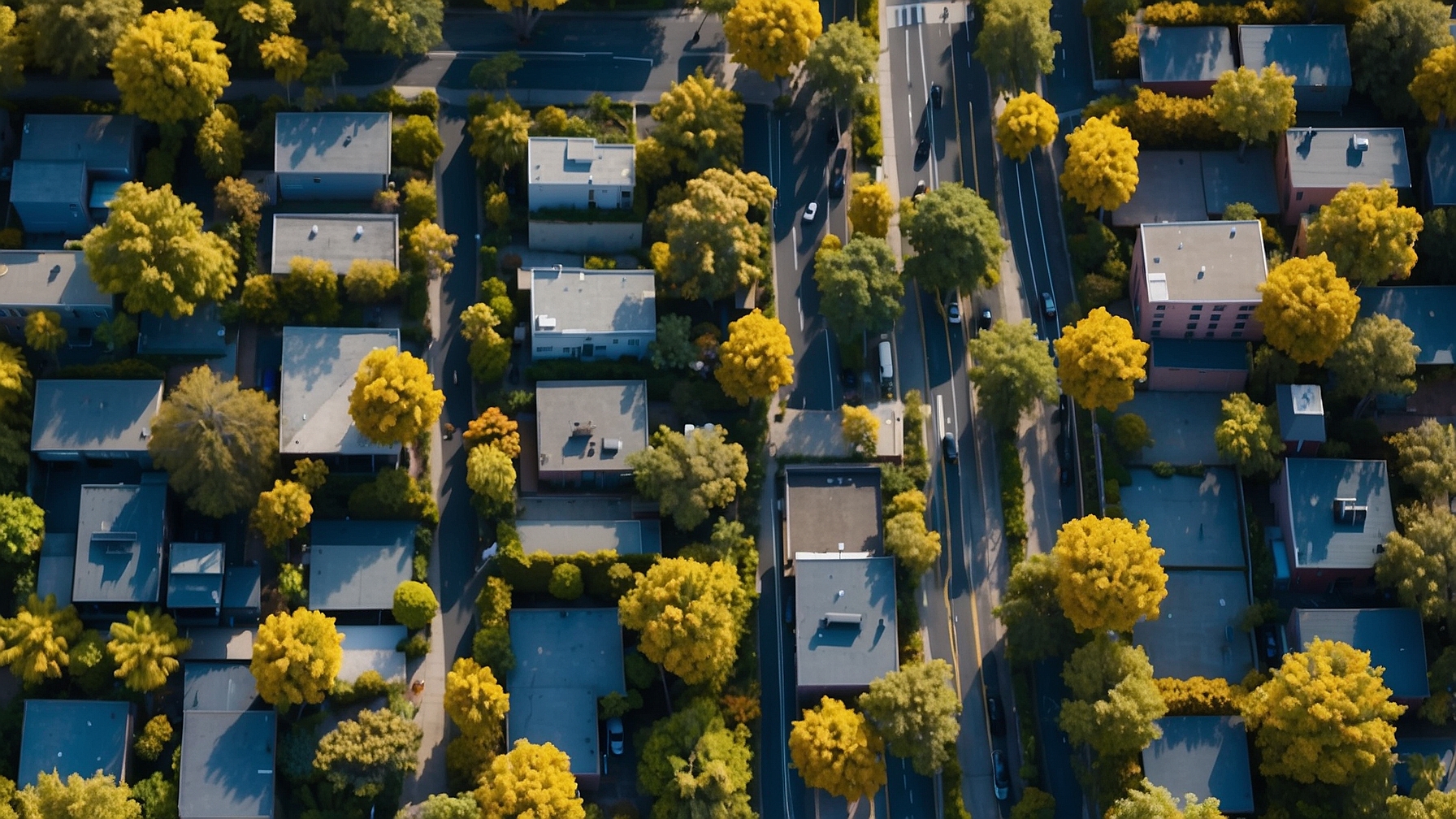Urban Tree Whisperers Tap Into AI’s Mystical Power to Commune with Wooden Deities
In a daring leap into the arboreal future, benevolent overlords at MIT, Google, and Purdue University have finally cracked the secret language of trees using the Tree-D Fusion system. This marriage of AI, Google’s Street View, and an obsession with Mother Nature’s green offspring has birthed a digital utopia where 600,000 urban trees across North America grace us with their simulated whispers and gentle leaf rustlings.
“Essentially, we’ve harnessed the quivering glee of daily foliage dramas,” declared Sara Beery, a self-proclaimed Dr. Dolittle of Trees from MIT. “Now we can psychically predict which power lines these attention-seeking branches might mess with in the future. It’s like solving tree time-travel mysteries, but with more leaves and less Doc Brown.”
Tree-D Fusion claims to have transcended traditional limitations, crafting freakishly realistic 3D models from something as trivial as street photos. Previous attempts were, in comparison, the botanical equivalent of a child’s stick figure by a pile of legalistic twigs. But now, the breakthrough heralds a new golden age where even the sneakiest back-facing branches can no longer hide from prying digital eyes.
City planners and nature enthusiasts alike are giddy with delight, envisioning a future where urban jungles are meticulously curated by algorithms that place trees with the calculated precision of a toddler playing Tetris. As one bemused urban planner put it, “Strategic arbor day every day! What could possibly go wrong?”
The mighty oak stands as the silent arbiter of environmental justice, shaping climate shields for all and inadvertently revealing humanity’s lopsided green distribution. “We’re not just watching trees,” Beery continued, “we’re championing equality by ensuring every taxpayer gets their fair share of bark and shade.”
However, it’s not all smooth sailing for this leafy revolution. The “entangled tree problem” continues to baffle scientists as trees refuse to adhere to rigid social distancing protocols, their branches committing reckless PDA in full sight of Google’s judgy cameras.
But worry not, for this is merely the prelude to a global takeover by AI-savvy pines and oaks. “We’re eyeing other platforms like iNaturalist, because it’s only fitting we broaden our horizons beyond just voyeuristic street photos,” said Jae Joong Lee, who sees no end to the tree obsession. “I dream of a planet blanketed in AI-driven wellness, where nature’s sweet algorithms feed our hungry souls with sustenance, shade, and synchronized seasonal dance routines.”
Undoubtedly, the Tree-D Fusion algorithm’s developers present this as just the beginning of their all-encompassing canopy quest, supported by the USDA and inspired by progressive visions of a sky where digital and wooden branches intermingle in perfect unity. Behold, human ingenuity—a Woodland Renaissance led by engineers with an excess of caffeine and an insatiable thirst for virtual greenery!




